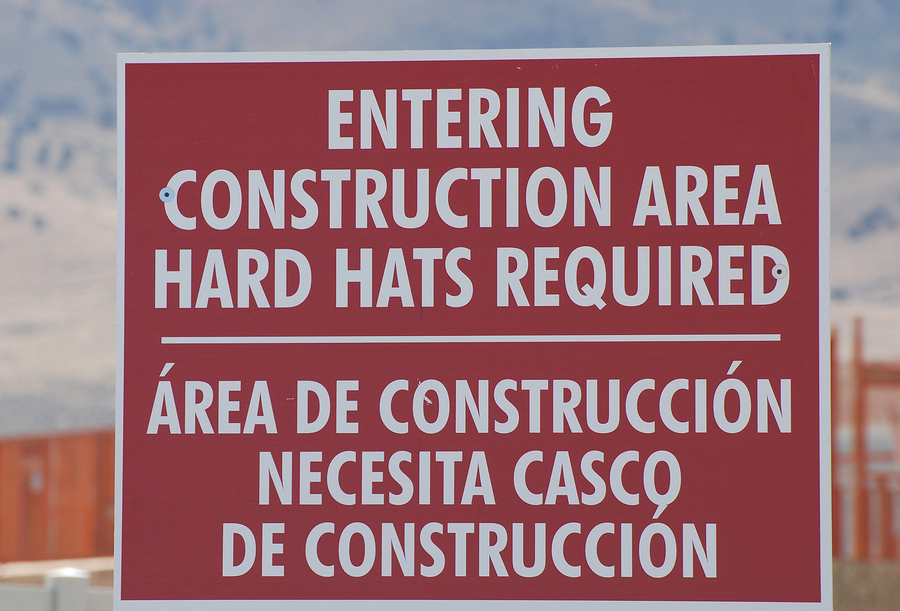Whether you’re in construction, manufacturing, transportation or any other industry, you know the importance of workplace safety, especially where the Occupational Safety and Health Administration is concerned. OSHA establishes safety standards and guidelines that all employers must follow or risk incurring fines and penalties. But there are more benefits to a safe workplace than just ensuring OSHA compliance. Consider the following hidden values many employers overlook.
Reduced costs from injuries
According to data from the Bureau of Labor Statistics, workers reported more than 3 million work-related injuries in 2013. The American Federation of Labor and Congress of Industrial Organizations say the BLS figure understates the problem. They put the total between 7.6 and 11.4 million incidents each year—costing employers $250 to $300 billion in direct and indirect losses. Fortunately, they also say that businesses that invest in effective workplace safety programs can save $4 to $6 for every $1 spent as illnesses, injuries and fatalities decline.
Lower worker’s compensation insurance costs
According to the Insurance Information Institute, businesses’ workers’ compensation insurance costs have increased substantially in previous years due to rising medical costs on claims. On top of these unavoidable adjustments, the number of claims paid against your policy will also raise your premiums. When you improve workplace safety, you minimize the chance of increases and may even reduce your costs. Reinvest your savings in additional safety measures and you can continue to keep costs low.
Increased worker productivity
According to OSHA, 4,585 workers were killed on the job in 2013. That’s almost 90 each week, or 13 preventable deaths every day. Such events can traumatize other employees, increasing workplace stress and absenteeism that reduces your company’s productivity and the quality of your product or service.
Of course, deaths aren’t the only issue. Injured employees may have to take medical leave, work shorter hours, or perform reduced duties. This, too, will reduce your company’s productivity. Fortunately, OSHA says businesses that implement effective safety programs operate more efficiently, reducing absenteeism, improving morale and boosting quality.
Lower car insurance premiums
Transportation incidents, including highway crashes, were one of the leading cause of workplace deaths in 2014. Company auto insurance premiums—much like personal auto insurance—increase with every accident. When you implement a workplace safety program that addresses transportation related dangers, you won’t just minimize accidents and protect your employees. You’ll also keep your company’s car insurance premiums low.
Better business reputation
You have a moral as well as legal obligation to protect your employees from accidents in the workplace. If your company develops a reputation for injuries or fatalities, it will affect your ability to attract top talent. It may also impact your chances of securing lucrative contracts and jobs from prospects that are familiar with your track record. When you implement an effective workplace safety program that goes above and beyond OSHA requirements, you protect that valuable reputation—and you can be certain your business will benefit.


